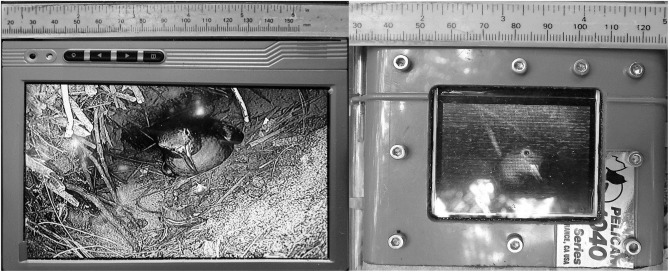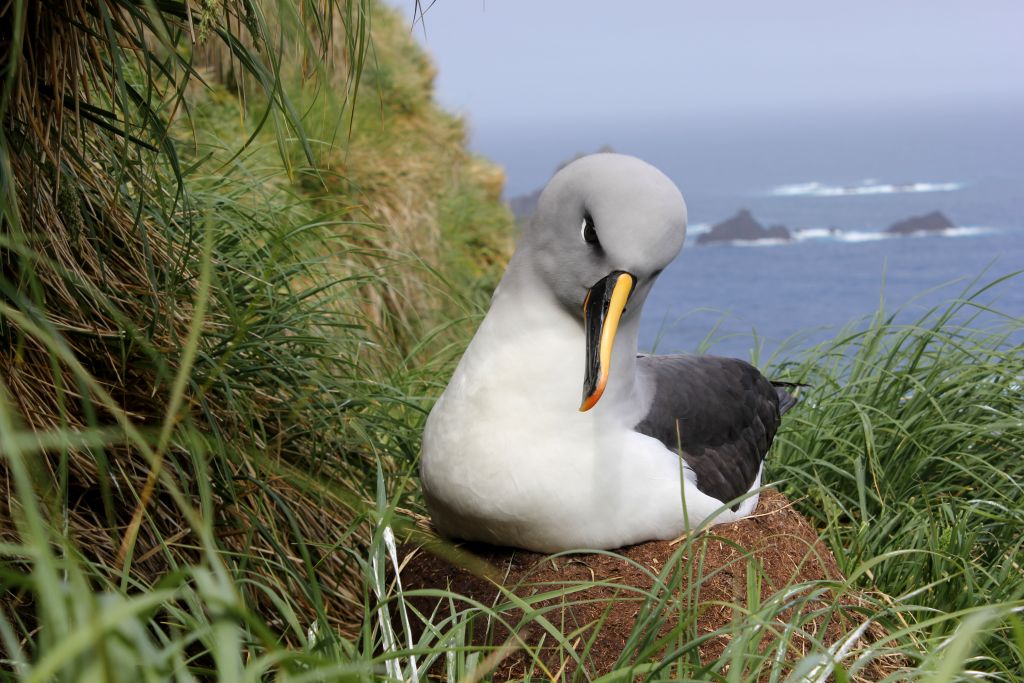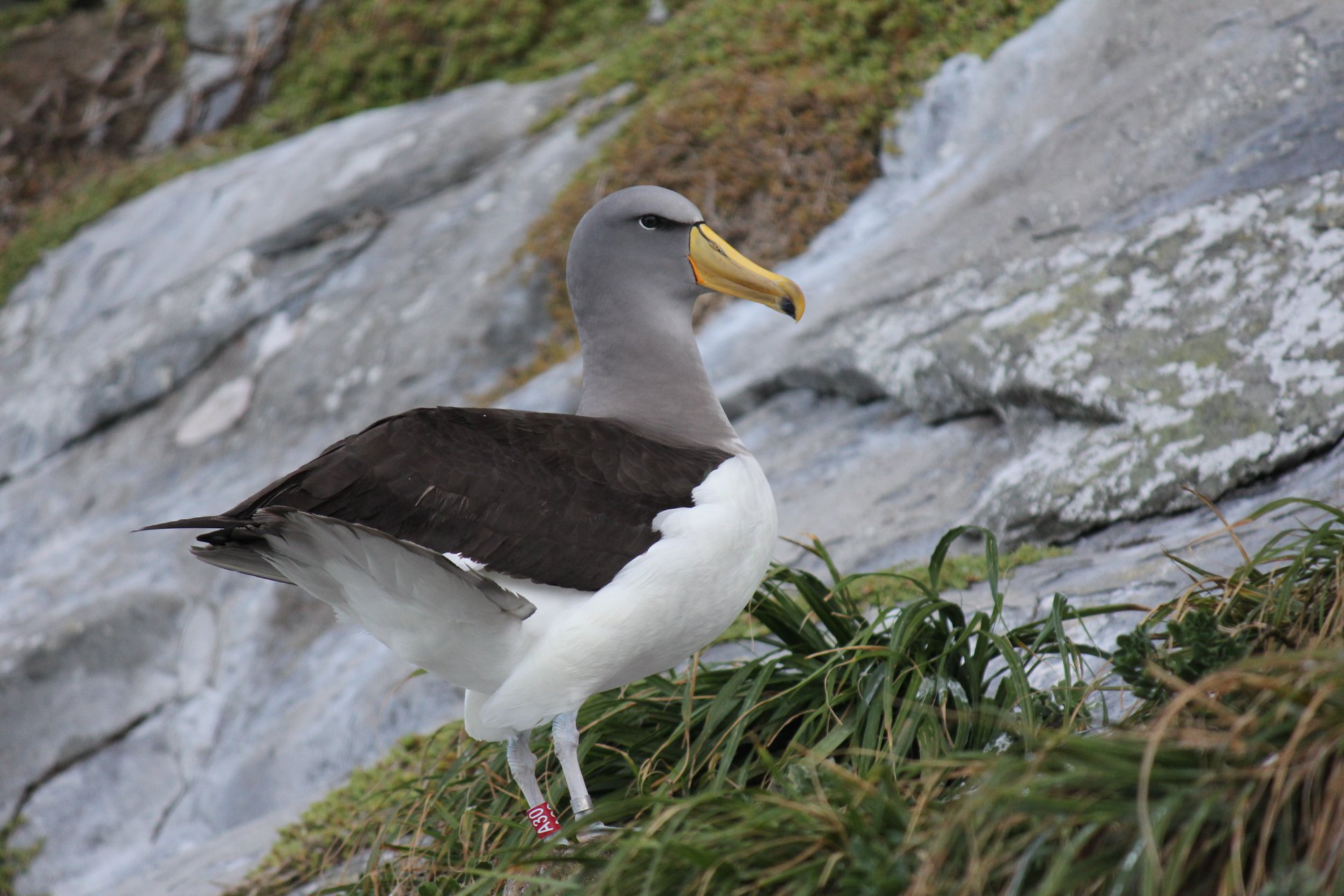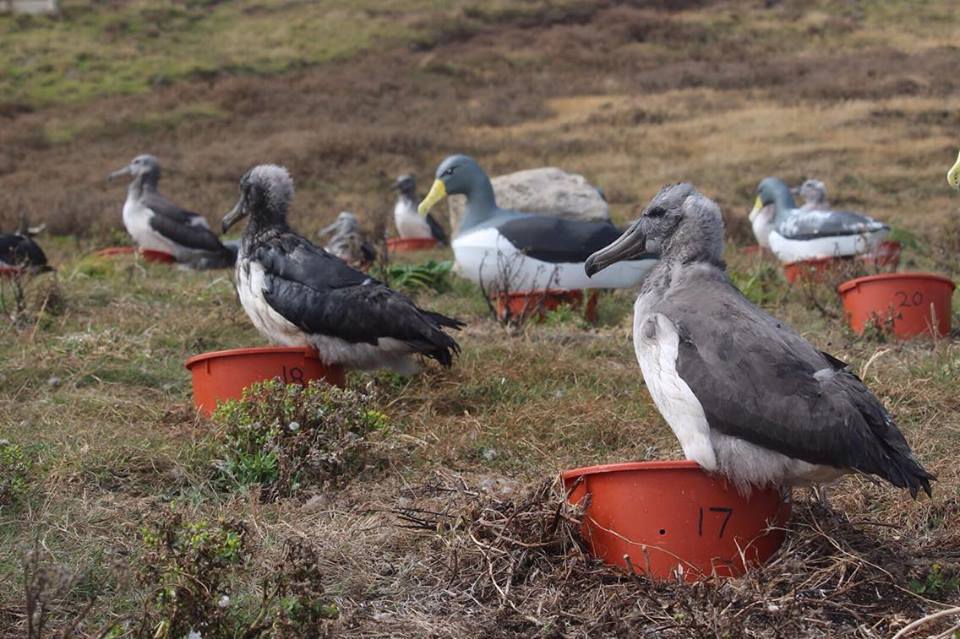Jennifer Lavers (Institute for Marine and Antarctic Studies, University of Tasmania, Battery Point, Tasmania, Australia) and colleagues have published open access in the journal Global Ecology and Conservation on using burrow scopes to determine population size of a burrowing seabird, the Flesh-footed Shearwater Ardenna carneipes (globally Near threatened).
The paper’s abstract follows:
“One of the most fundamental aspects of conservation biology is understanding trends in the abundance of species and populations. This influences conservation interventions, threat abatement, and management by implicitly or explicitly setting targets for favourable conservation states, such as an increasing or stable population. Burrow-nesting seabirds present many challenges for determining abundance reliably, which is further hampered by variability in the quality of previous surveys. We used burrow scopes to determine the population status of Flesh-footed Shearwaters (Ardenna carneipes) at their largest colony on Lord Howe Island, Australia, in 2018. We estimated a breeding population of 22,654 breeding pairs (95% CI: 8159-37,909). Comparing burrow scope models used in 2018 found more than half of burrow contents (20/36 burrows examined) were classified differently. If this detection probability is applied retroactively to surveys in 2002 and 2009, we estimate that the Flesh-footed Shearwater population on Lord Howe has decreased by up to 50% in the last decade, but uncertainty around previous surveys’ ability to reliably determine burrow contents means a direct comparison is not possible. The decline in burrow density between 2018 and previous years adds further evidence that the population may not be stable. Our results highlight a need for regular surveys to quantify detection probability so that as video technology advances, previous population estimates remain comparable. We urge caution when comparing population counts of burrowing seabirds using different technologies, to ensure comparisons are meaningful.”

Photograph from the publication: views of the same occupied Flesh-footed Shearwater burrow on Lord Howe Island using two different burrow scopes
Reference:
Lavers, J.L., Hutton, I. & Bond, A.C. 2019. Changes in technology and imperfect detection of nest contents impedes reliable estimates of population trends in burrowing seabirds. Global Ecology and Conservation doi.org/10.1016/j.gecco.2019.e00579.
John Cooper, ACAP Information Officer, 21 March 2019

 English
English  Français
Français  Español
Español 



